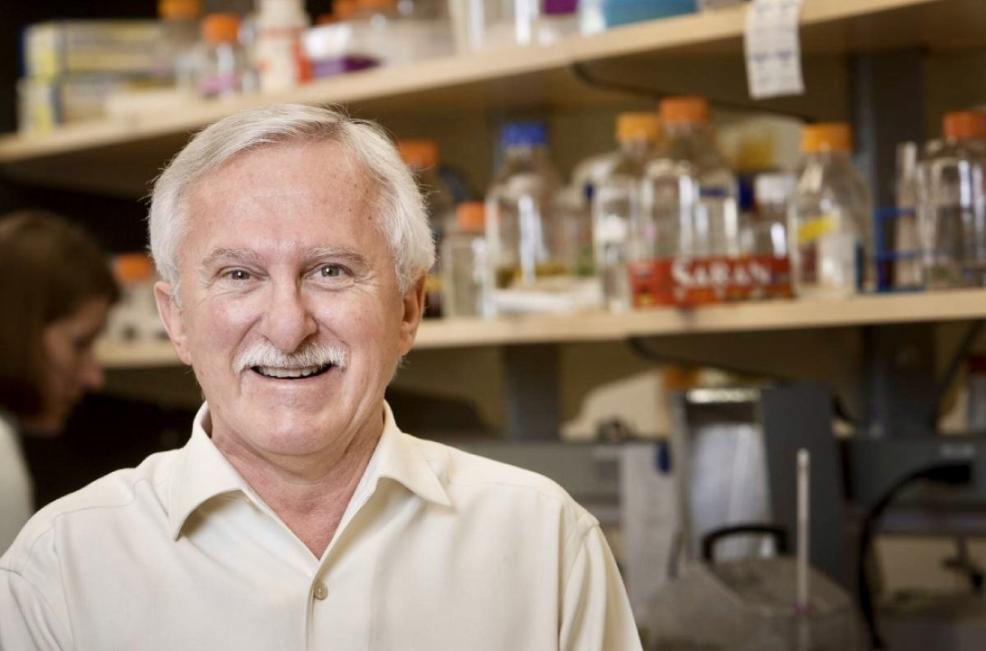Paul Modrich, PhD, James B. Duke Professor of Biochemistry, professor of Chemistry, and member of Duke Cancer Institute, came to Duke in 1976 — when Durham had a small-town feel, the smell of curing tobacco filled the air, and southern accents were the norm.
He grew up in rural New Mexico but had spent time in Boston (MIT for his undergrad and Harvard for his postdoc) and in California (Stanford for his PhD and UC Berkeley's Chemistry Department as an assistant professor for two years).
He was offered the Berkeley position as a graduate student, even though he wasn’t on the job market. Modrich accepted the offer for two reasons — his friend Jim Wang, PhD, who discovered the first DNA topoisomerase, was in the department, and like today, academic jobs were in short supply — but on the condition that he could complete his postdoc at Harvard; delaying the appointment for a year. Berkeley agreed.




